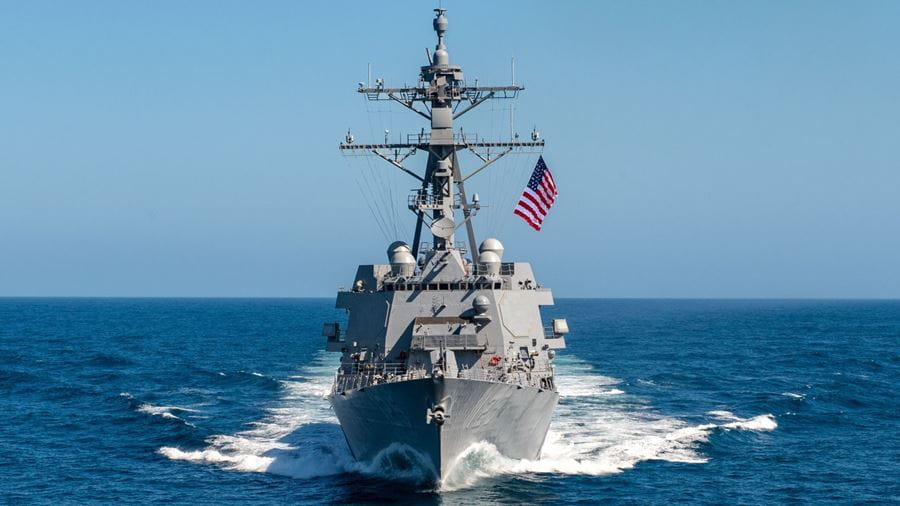Mitsubishi Electric Corporation announced today that it has engaged with Raytheon, an RTX (NYSE: RTX) business to supply components of the SPY-6(V) radar for U.S. Navy vessels. The family of radars is the most advanced radar technology in production today. The Raytheon-built SPY-6(V) is the U.S. Navy family of radars that performs air and missile defense on seven classes of ships and is a giant leap in capability for the fleet. Variants are under development for retrofitting Flight IIA Arleigh Burkes and for installation aboard Constellation-class frigates, Gerald R. Ford-class aircraft carriers, America-class amphibious assault ships (LHA-8 and future), and San Antonio-class amphibious transport docks over the next 10 years to defend against various threats.
Since the 1960s, Mitsubishi Electric has developed a variety of successful business partnerships with Raytheon. The company will contribute to strengthening its partnership with Raytheon and increasing its presence in the U.S. defense equipment supply chain. Through its supply and maintenance of defense equipment, Mitsubishi Electric is committed to strengthening Japan-U.S. security cooperation based on the Three Principles on Transfer of Defense Equipment and Technology set out by the Japanese government in 2014. This contract with Raytheon will enable Mitsubishi Electric to begin preparations on the production of SPY-6(V) components to be supplied to the U.S. Navy, and to participate in the U.S. Navy’s defense-equipment supply chain business in future.
The SPY-6 radars optimize the effectiveness of the Navy’s most advanced weapons, including all Standard Missile variants. Precise targeting information and data on incoming threats allows weapons to maximize their performance. Each variant uses the same hardware and software, and their construction is modular, making the SPY-6 family more reliable and less expensive to maintain. Each radar is built with individual “building blocks” called radar modular assemblies. Each RMA is a self-contained radar antenna in a 2’x2’x2’ box. The RMAs stack together to fit the mission requirements of any ship – a feature that makes the SPY-6 family the Navy’s first truly scalable radars.
The SPY-6 system consists of two primary radars and a radar suite controller (RSC) to coordinate the sensors. An S-band radar is to provide volume search, tracking, ballistic missile defense discrimination, and missile communications, while the X-band radar is to provide horizon search, precision tracking, missile communication, and terminal illumination of targets. The SPY-6 may be capable of performing electronic attacks using its AESA antenna. Airborne AESA radar systems, like the APG-77, APG-81, and APG-79 used on the F-22 Raptor, F-35 Lightning II, and F/A-18E/F Super Hornet/EA-18G Growler, respectively, have demonstrated their capability to conduct electronic attack. The radar is 30 times more sensitive and can simultaneously handle over 30 times the targets of the existing AN/SPY-1D(V), allowing it to counter large and complex saturation attacks.















